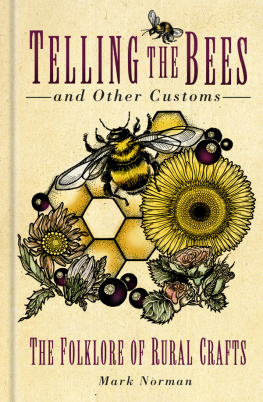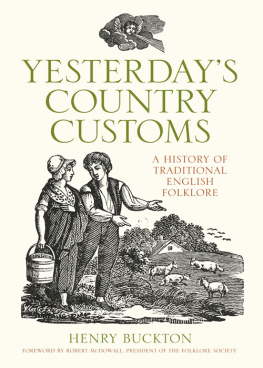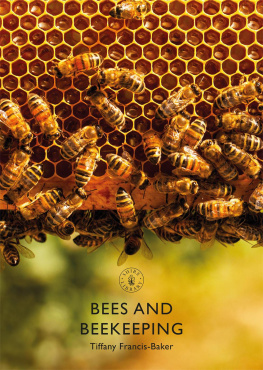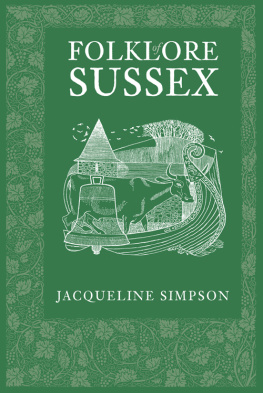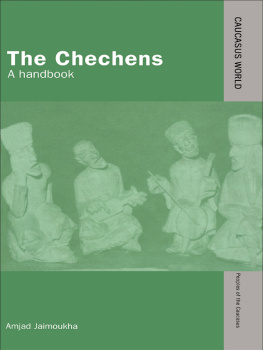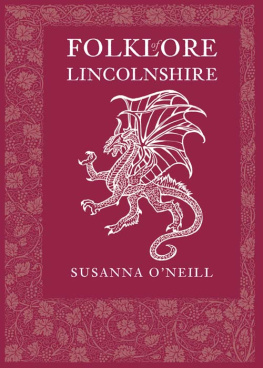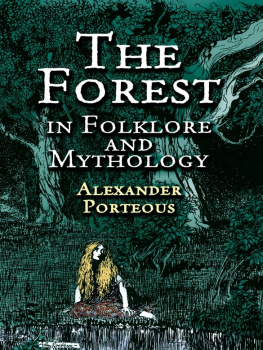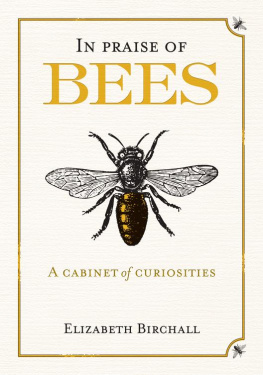Contents
Guide


For Alyssa, who might read it one day
Front cover artwork and internal chapter headings: Tiina Lilja Back cover photography: Cat Burton
First published 2020
The History Press
97 St Georges Place, Cheltenham,
Gloucestershire, GL50 3QB
www.thehistorypress.co.uk
Mark Norman, 2020
The right of Mark Norman to be identified as the Author of this work has been asserted in accordance with the Copyright, Designs and Patents Act 1988.
All rights reserved. No part of this book may be reprinted or reproduced or utilised in any form or by any electronic, mechanical or other means, now known or hereafter invented, including photocopying and recording, or in any information storage or retrieval system, without the permission in writing from the Publishers.
British Library Cataloguing in Publication Data.
A catalogue record for this book is available from the British Library.
ISBN 978 0 7509 9533 7
Typesetting and origination by The History Press
Printed and bound in Great Britain by TJ International Ltd.

eBook converted by Geethik Technologies
CONTENTS
ABOUT THE AUTHOR
Mark Norman is a folklore author, researcher and the creator and host of The Folklore Podcast. Since its launch in July 2016, the internet-based show has grown to sit within the top 10 per cent of its subject area worldwide, having been downloaded over three-quarters of a million times by its listeners.
Marks aim, with the podcast and his writing, is to try and present a fascinating social history the beliefs, traditions and customs of our communities and cultures in an accessible and enjoyable way to a wide audience. He hopes that everyone will come to realise that there are many parts of what we do, think and say that have far more meaning that we might imagine until we pause for a moment to consider them.
His wide areas of interest are in these old stories of superstitions and folk practices, but he also holds the UKs largest archive of sightings, traditions and eyewitness accounts relating to apparitions of ghostly black dogs, the folklore of which inspired Sir Arthur Conan Doyle to write arguably his most famous Sherlock Holmes novel.
Mark lives in Mid Devon with his daughter, who is at one with the horses, and his wife Tracey: a historian, author and actor (and awesome manuscript proof reader) who researches witch trials, and as a result knows far too much about the unpleasant things you can do with earthworms. Together, they all share their space with an insane hamster and a feline trip hazard.
INTRODUCTION
Look around you. What do you see? Furniture, perhaps. Clothes, tools or maybe some food and drink. How many of these things were made by hand? Were they crafted by an expert in the field? Or were they mass produced to a formula, in order to satisfy economies of scale: high demand and the need to keep prices low?
Supply and demand have always been with us, but the fast turnaround mass manufacture that we see today has not. Our ancestors worked in a completely different way. They raised animals using traditional methods. Artisan workmen and women would fashion clothes, tools and the like by hand. Their skills were often such that they were revered in the community. Indeed, some thought that their abilities must have come about through a form of supernatural intervention. Maybe from above or possibly from below.
These were the people involved in rural crafts. Today, there is a distinction between crafts such as these and handicrafts, or crafts undertaken as hobbies or for artistic purposes. For our forebears, what we now call traditional crafts were simply skills needed to live and survive to clothe and feed a community. When a set of practices such as those covered in this book knitting, spinning and weaving, beekeeping, blacksmithing, brewing, milling and baking are central to a community and viewed with such importance, it is natural that over time a number of beliefs, superstitions and customs will form around them. Looking at them from the outside, this lore can tell us much about the past.
What is folklore? The dictionary would tell you that it is a collection of traditional beliefs, stories or customs, which are passed from person to person in an oral fashion by retelling. The term was first used in 1846, by the English writer William John Thoms, as a replacement for the more cumbersome popular antiquities. Broken down into its simplest form, it is the traditional knowledge (lore) of a group of people (folk). These two components were originally split: folk-lore. Over time, the hyphen was lost and the word became one.
Folklore is a shared culture within a group of people. This is why it still resonates with us so strongly today. The hypothesis that we have some kind of collective folk memory in our subconscious, which draws on the beliefs of the past, certainly goes a long way to explaining why we often seem to just know things. It probably also goes a long way to explain why, outside of academia, folklore has seen something of a resurgence recently.
There are many groups on social media for people to share folklore beliefs and notes, one of the most well known now being Folklore Thursday on Twitter. We still employ many superstitions automatically. Some of us dont walk under ladders. Some of our streets dont have a house number 13, our hotels might go from floor 12 to 14.
At the same time as we find these common themes in our beliefs, we find interesting variations between one place and another geographically. Local variations on a broader theme are common. This happens both because of the natural migration of people, from town to town on the smaller scale and across countries on the larger, and also because these traditional practices and beliefs are so embedded in our surroundings. Folklore gives us a sense of place.
Because stories and beliefs were transmitted through word of mouth, they naturally changed and developed over time. It is kind of the ultimate game of Chinese Whispers. Also, the world around us changed and developed too. Even today, with information being transmitted in different ways, new beliefs emerge and old ones are re-moulded.
Through all of that, folklore the beliefs of the people is deep within us, whether we realise it or not. We interact with it every day. This is the reason that my podcast examining these subjects, The Folklore Podcast, (in its fourth year at the time of writing) bears the tag line, recalling our forgotten history and recording the new. The stories of today are shaped by those of yesterday and become the beliefs of tomorrow.
Each of the chapters in this book will give a brief overview of the older mythologies surrounding each of the crafts explored, looking at the patron saints or the gods associated with that profession, before moving on to examine the folk tales, superstitions and beliefs that grew up around them. Some you may know well. Many could surprise you. And just a few might seem a little odd now.
Folklore is such a rich and varied field that it would be impossible to cover every area of the main chapter subjects in one book. The chapter on brewing, for example, examines the process only in relation to beer and ale as a product of the trade. There is equally as much folklore about wines and spirits, but they are not included here. The chapter on milling and baking looks at bread but does not take in cakes. Especially in relation to the fairies, that would be a whole other book! So you will inevitably find that there are beliefs or customs missing that you thought would have been there. You may also have superstitions of your own that you dont think are especially common. I would encourage everyone to try and find a way of recording these as best they can. Cultures are changing and developing all the time, and in the same way that the old beliefs in this book are fascinating to us now, so our beliefs in the modern day will be equally interesting in the future. And, of course, we can constantly build on the archives of beliefs that we already have.

